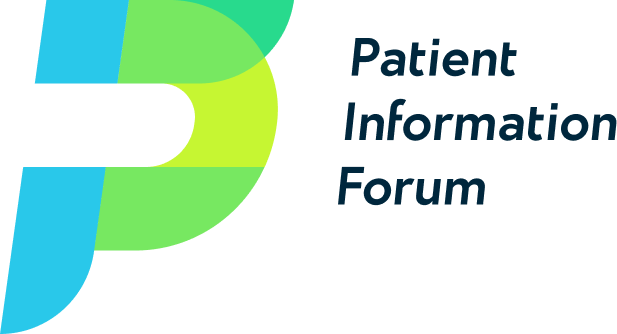
PIF members endorse target reading age for health information
PIF’s guidance to aim for a target reading age of 9-11 for health information has strong endorsement from member organisations, according to the results of a survey carried out early this year.
We asked information leads in our member organisations to complete a short survey developed with our Health Literacy Expert Panel.
The survey was carried out in response to a challenge to our recommendation. It received 93 responses.
Ninety-five per cent of organisations support our policy to aim for a reading age of 9-11.
More than half (59%) of organisations have a formal policy on reading age – 43% aim for 9-11 and 16% aim for 12-14.
A further 24% had other measures to support the use of plain English
When we asked individuals responding about their own practice, a higher proportion – 68% – were aiming for a target reading age when developing content.
Advantages of a target reading age
Making information as accessible as possible was given as the main benefit of setting a target reading age (83%).
Providing consistency for the team (47%), providing guidance to external writers (22%) and guidance for medical advisors (15%) were identified as other benefits.
Respondents found it difficult to assess the impact of their reading age policies.
Most rely on user feedback from reader panels, user testing and general feedback that information is clear and easy to understand.
Others use digital analytics to track engagement with content or specifically seek feedback on this issue.
One respondent was able to demonstrate a hard impact.
Response to invitations to COVID-19 vaccination clinics increased by 10% after ‘we simplified the literature'.
Readability tools
Readability tools were used by 56% of respondents.
The Hemmingway App is the most popular tool, used by 38%, followed by Microsoft Word’s readability checker (30%). Grammerly was used by 12% and SMOG 10%.
The most popular reason for using the tools was to sense check and improve work. Comments included:
'They help me focus on readability, particularly when I’m writing something complex.’
'They are good for people who don’t feel they have a natural ability to simplify their language.’,
Consistency and providing feedback or challenge to others were other important benefits:
'Useful to show medical staff what we mean when they look at a piece of information. Most do not realise how low the reading age needs to be to ensure it is accessible to most people.'
‘For good or ill, it is often a perceived objective metric that works best in influencing senior management to sit up and take notice.’
Respondents were also clear on the limitations of readability tools.
Most respondents include wider user testing of text to check suitability for the target audience.
They also recognised that including medical words, naming medications or giving financial or benefits advice in text often made it impossible to meet the targets they set.
PIF policy on reading age
PIF’s guidance remains to aim for a reading age of 9-11 where possible.
Our recommendation is based on the skills level of the population, research on health literacy and the principle of universal precaution.
We recognise health literacy is situational and people can struggle to process information when they are unwell or have just had a serious diagnosis.
We would like to thank all members who took the time to respond to the survey.
